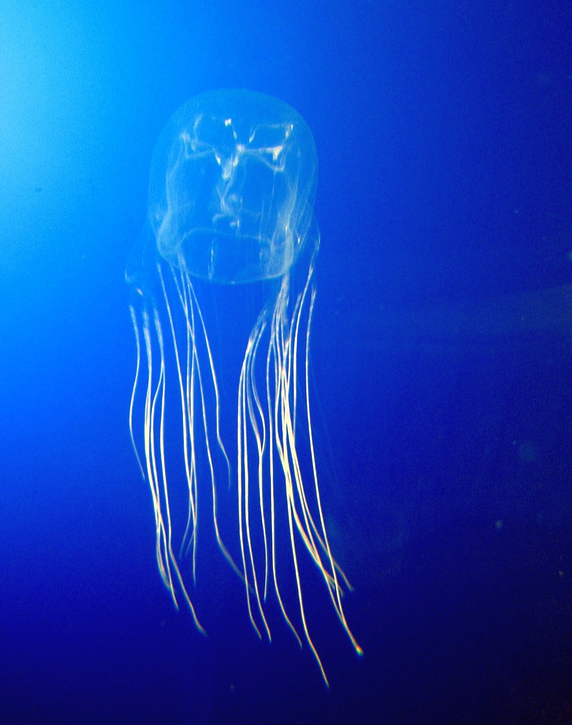Pages
Saturday, April 30, 2016
My Inner Fish-Reflection
In class we watched a video called, "Your Inner Fish" which talks about how humans evolved from fish. The Tiktaalik was the first fish-like creature to climb out of the water and explore dry land. I found this animal to be very interesting because it was the animal that every creature was based on. A question that I would like to go further in depth with is: "What are some of the forms the descendants of Tiktaalik evolved in their limbs"? They evolved with wrists and elbows to help themselves be propped up which is also found in reptiles and mammals. I wonder if the ancient creature went onto land once then went back in water then repeated this process until they shifted their limbs to help prop them up. It would be interesting if they already had these features before that because I would think that they would have adapted before hand. Another question is: "What is the 'Sonic Hedgehog' gene responsible for"? It tells different cells to do things(hands and digits). I found this gene very interesting because of all the scientific study that went behind to discover what actually makes your fingers. This concludes my reflection.
Monday, April 18, 2016
Getting One Step Closer to Curing Color Blind Eye Deficiency #4
For the past week I have been improving and redesigning what the models may look like for my 20 Time project. I have learned more about my topic and I recently discovered what type of contact lenses I may use for the project. This is a super exciting project and throughout the time spent doing it I learned a lot more about myself and how efficient I can work on making a blueprint for the model. I have no setbacks at the moment because I finally solved my issue with the contact lenses. I plan on making a paper model due to the timing in which the project is due. Right now, I am finishing the blueprint for the model of the eye and the process is going fast. Hopefully I can get started on the model next week or maybe at the end of today. I can apply my project to the community because my idea of making contacts for color blind people will make an impact for others outside of school, etc. This concludes my blog post.
Friday, April 15, 2016
Invertebrates: Cnidaria
As one of the oldest existing animals, cnidarians are classified as Phylum Cnidaria. Jellyfishes, also known as scyphozoans, are a part of the four major classes of cnidarians and with that they are one of the most diverse living creatures to be known. Jellyfish have two body forms, the first body form is called polyps and at that stage their tentacles face upward while their second stage, medusas, form the tentacles facing downward. An interesting fact about jellyfish is that if they are in stress (in medusas) they can easily go in reverse back to polyps. Another interesting detail about these cnidarians is that they do not have a brain but they can detect changes in the environment from their nerve nets. Jellyfish come in many different shapes and size and even at the smallest size, their sting can still pack a punch. The Irukandji Jellyfish, Carukia barnesi, measure at 5 millimeters across and is one of the smallest box jellyfish in the world. They are known as the second most venomous jellyfish according to PlanetDeadly.com. These dangerous scyphozoans were first found in North Australia, but they were soon then spotted as far away as the British Isles. They are many interesting creatures in the sea, but jellyfish take the lead in one of the most beautiful but deadly sea animals. 

Subscribe to:
Comments (Atom)